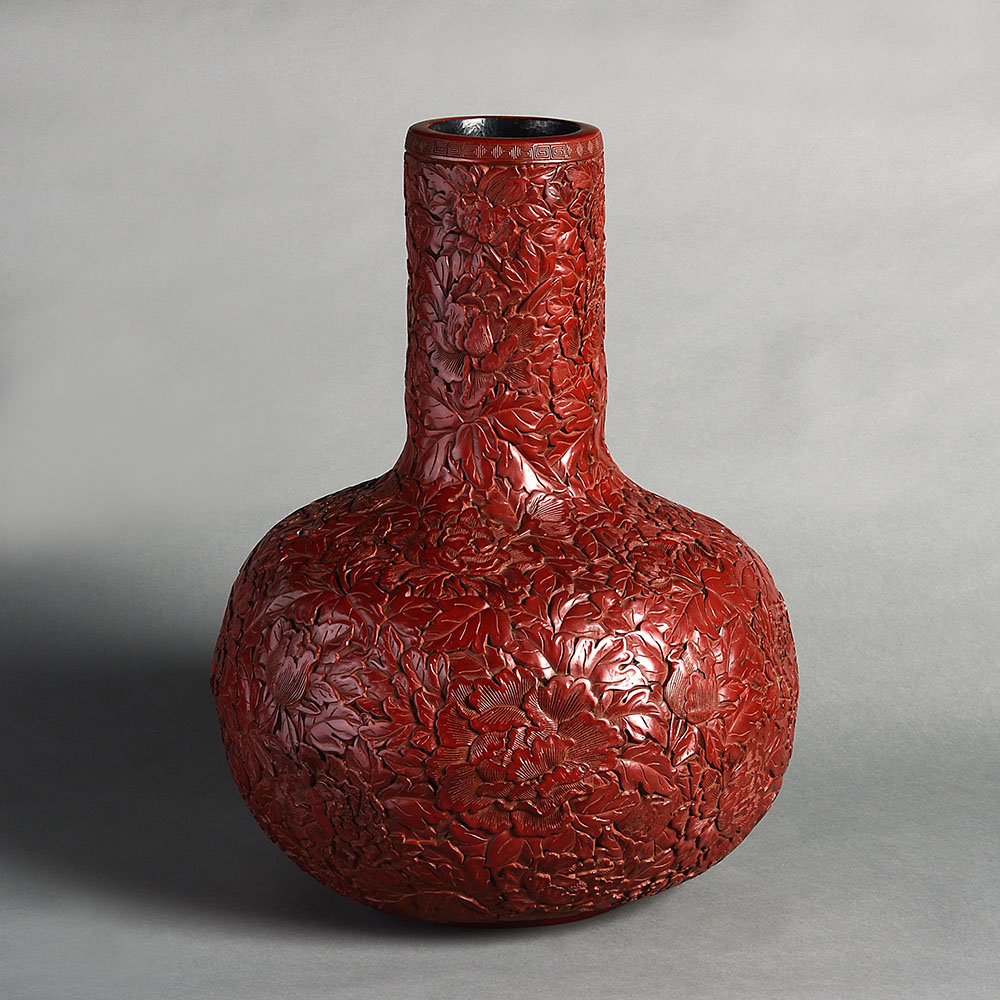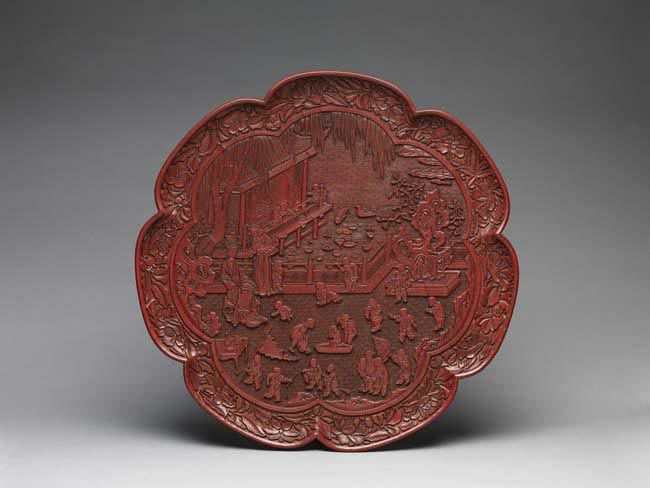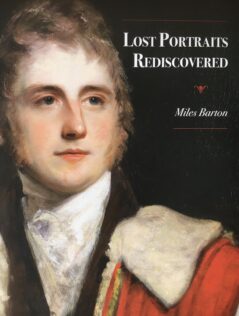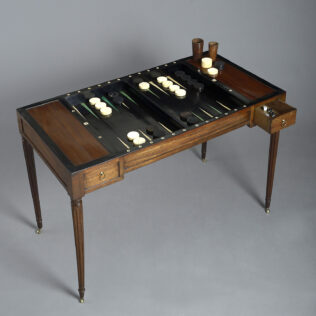-
×
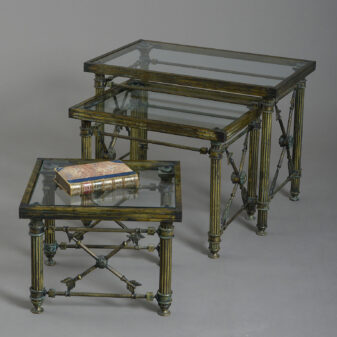 Mid-Century Set of Bronzed Metal Tables
1 × £2,250
Mid-Century Set of Bronzed Metal Tables
1 × £2,250 -
×
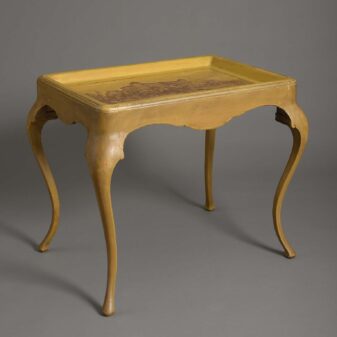 Early 20th Century Ochre Painted Tray Table
1 × £2,750
Early 20th Century Ochre Painted Tray Table
1 × £2,750 -
×
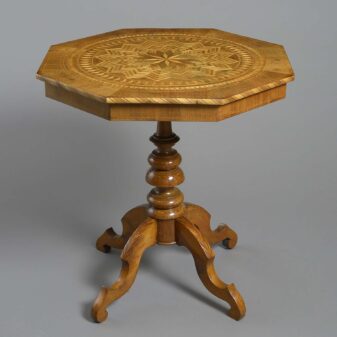 19th Century Sorrento Parquetry Inlaid Occasional Table
1 × £3,750
19th Century Sorrento Parquetry Inlaid Occasional Table
1 × £3,750 -
×
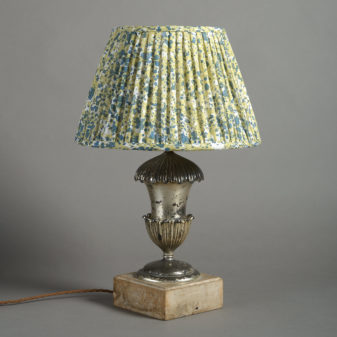 A Late 19th Century Silvered Urn Base
1 × £650
A Late 19th Century Silvered Urn Base
1 × £650 -
×
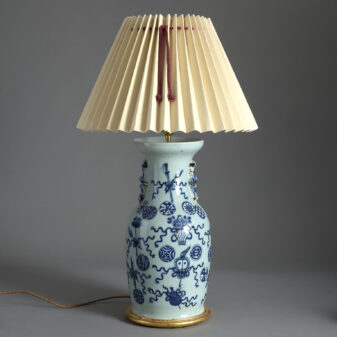 Early 20th Century Celadon and Blue Glazed Vase Lamp
1 × £2,450
Early 20th Century Celadon and Blue Glazed Vase Lamp
1 × £2,450 -
×
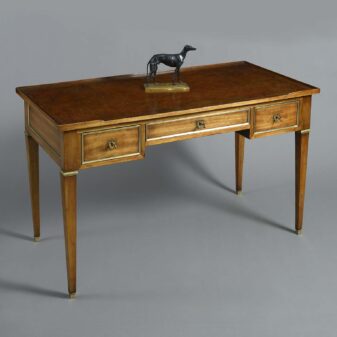 18th Century Louis XVI Period Mahogany Bureau Plat
1 × £5,750
18th Century Louis XVI Period Mahogany Bureau Plat
1 × £5,750 -
×
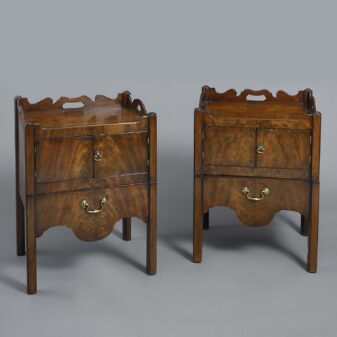 Pair of Mid-Eighteenth Century George III Period Mahogany Bedside Cabinets
1 × £8,750
Pair of Mid-Eighteenth Century George III Period Mahogany Bedside Cabinets
1 × £8,750 -
×
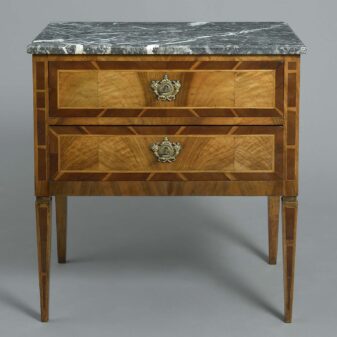 Late 18th Century Small Commode
1 × £3,900
Late 18th Century Small Commode
1 × £3,900 -
×
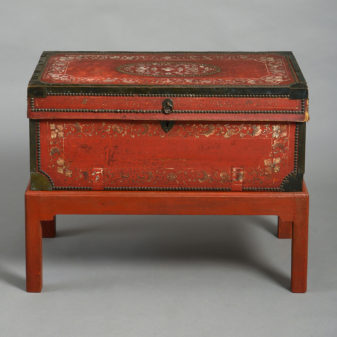 18th Century Chinese Export Painted Leather Trunk
1 × £4,950
18th Century Chinese Export Painted Leather Trunk
1 × £4,950 -
×
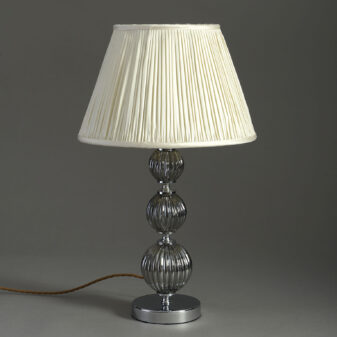 Mid-20th Century Modernist Glass & Chrome Table Lamp
1 × £950
Mid-20th Century Modernist Glass & Chrome Table Lamp
1 × £950 -
×
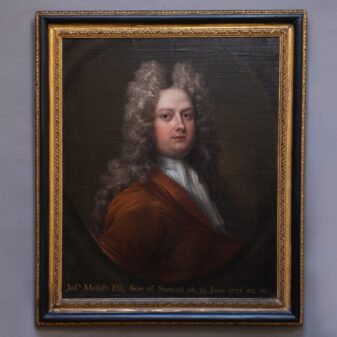 Charles Jervas, Portrait of Joseph Mellish
1 × £7,900
Charles Jervas, Portrait of Joseph Mellish
1 × £7,900 -
×
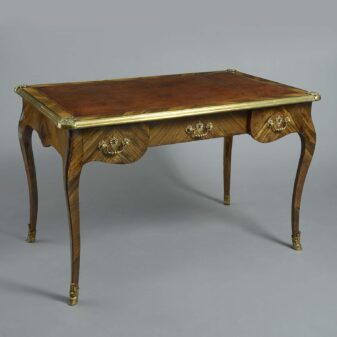 Mid-19th Century Napoleon III Period Bureau Plat
1 × £7,750
Mid-19th Century Napoleon III Period Bureau Plat
1 × £7,750 -
×
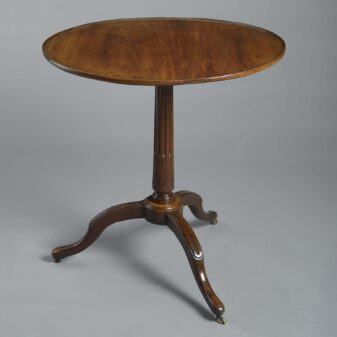 Late 18th Century Louis XVI Period Mahogany Gueridon Occasional Table
1 × £2,750
Late 18th Century Louis XVI Period Mahogany Gueridon Occasional Table
1 × £2,750 -
×
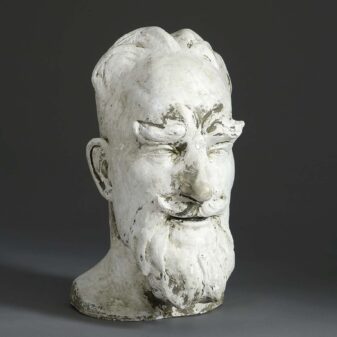 20th Century Painted Bust Depicting George Bernard Shaw
1 × £1,200
20th Century Painted Bust Depicting George Bernard Shaw
1 × £1,200 -
×
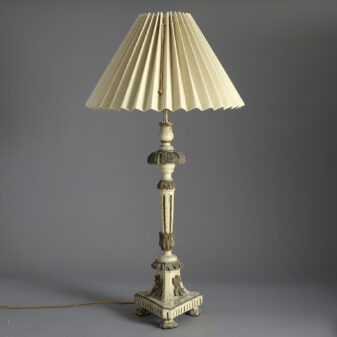 19th Century Carved, Painted and Parcel Gilded Candlestick Lamp
1 × £1,650
19th Century Carved, Painted and Parcel Gilded Candlestick Lamp
1 × £1,650 -
×
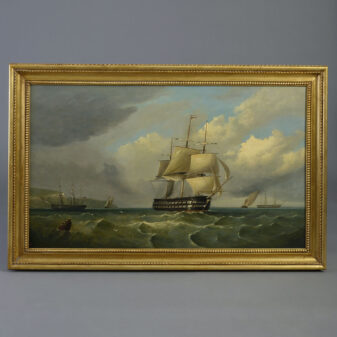 William Broome (1838-1892) War Ships Off The Coast of Dover - Oil on canvas
1 × £6,900
William Broome (1838-1892) War Ships Off The Coast of Dover - Oil on canvas
1 × £6,900 -
×
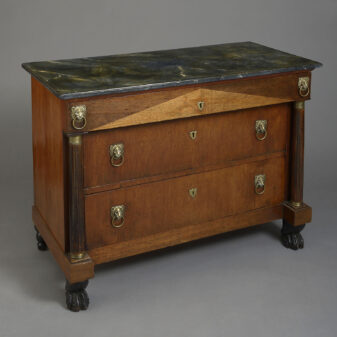 19th Century Neo-Classical Commode
1 × £3,750
19th Century Neo-Classical Commode
1 × £3,750 -
×
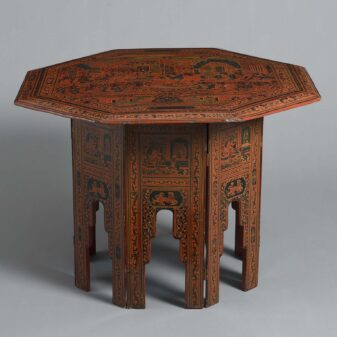 Late 19th Century Red Lacquer Low Table
1 × £2,950
Late 19th Century Red Lacquer Low Table
1 × £2,950 -
×
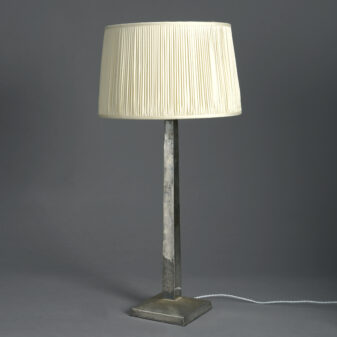 Mid-20th Century Chrome Column Lamp
1 × £1,950
Mid-20th Century Chrome Column Lamp
1 × £1,950 -
×
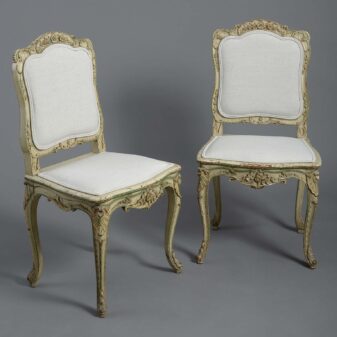 Pair of 19th Century Carved and Painted Rococo Side Chairs
1 × £1,250
Pair of 19th Century Carved and Painted Rococo Side Chairs
1 × £1,250 -
×
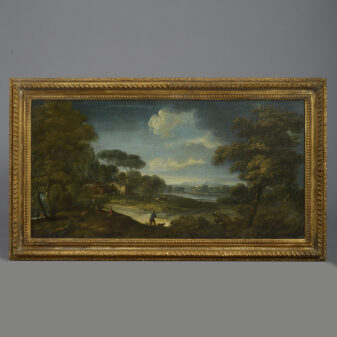 Follower of Salvator Rosa, An Extensive Pastoral Landscape with Lake, 18th Century Oil on Canvas
1 × £5,500
Follower of Salvator Rosa, An Extensive Pastoral Landscape with Lake, 18th Century Oil on Canvas
1 × £5,500 -
×
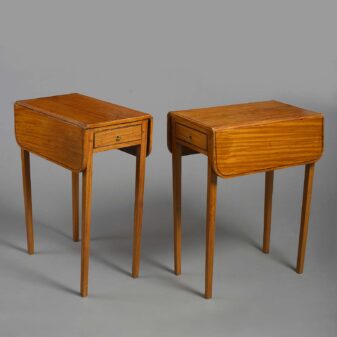 Pair of 19th Century Satinwood Pembroke Tables
1 × £5,750
Pair of 19th Century Satinwood Pembroke Tables
1 × £5,750 -
×
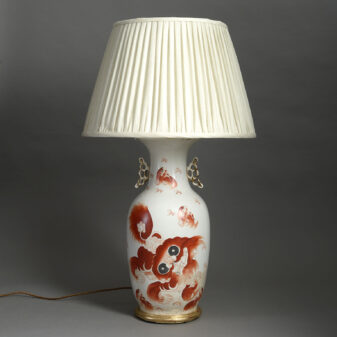 Early 20th Century Republic Period Foo Dog Vase Lamp
1 × £1,850
Early 20th Century Republic Period Foo Dog Vase Lamp
1 × £1,850 -
×
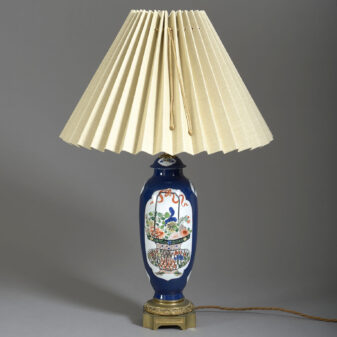 19th Century Blue Ground Famille Verte Chinese Export Porcelain Vase Lamp
1 × £1,450
19th Century Blue Ground Famille Verte Chinese Export Porcelain Vase Lamp
1 × £1,450 -
×
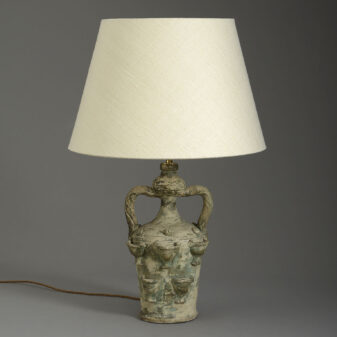 20th Century Terracotta Vase Lamp in The Antique Taste
1 × £1,450
20th Century Terracotta Vase Lamp in The Antique Taste
1 × £1,450 -
×
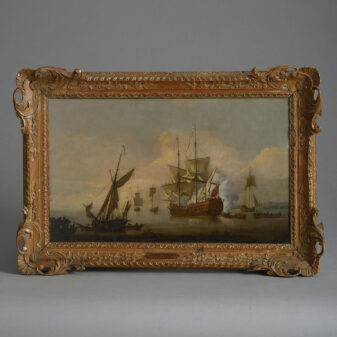 Attributed to Peter Monamy - An 18th Century English Maritime Scene
1 × £4,750
Attributed to Peter Monamy - An 18th Century English Maritime Scene
1 × £4,750 -
×
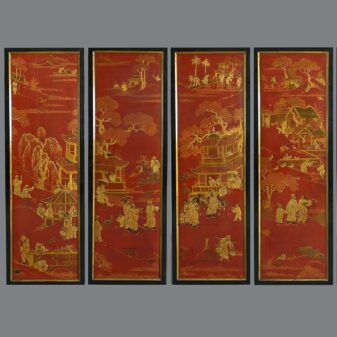 Four Red Lacquer Chinoiserie Panels
1 × £6,750
Four Red Lacquer Chinoiserie Panels
1 × £6,750 -
×
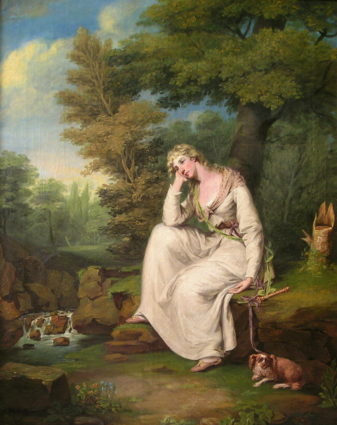 Thomas Gaugain, Maria from Laurence Sterne's 'A Sentimental Journey'
1 × £6,750
Thomas Gaugain, Maria from Laurence Sterne's 'A Sentimental Journey'
1 × £6,750
Subtotal: £108,450

